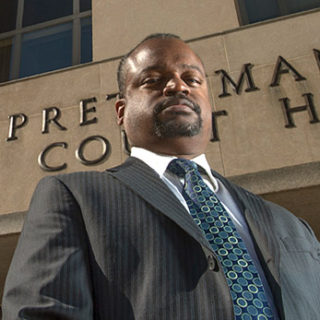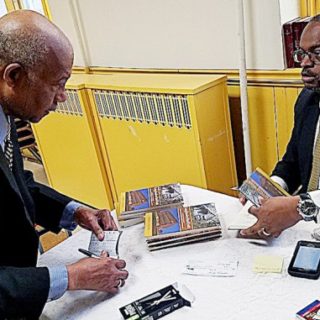The 100-Year Mission To Create
The National Museum Of African American History And Culture
By Robert L. Wilkins
For African-Americans, a Chance to Draft History

IN their light-filled office in Charleston, S.C., Ray Huff and Mario Gooden, partners in a seven-year-old architecture firm, were discussing their planned expansion of the California African American Museum in Los Angeles. Until now the firm has designed mostly schools, civic buildings and churches around Charleston, and this would be an important break. ”It represents an affirmation of our capabilities as architects,” Mr. Huff said.
Mr. Huff and Mr. Gooden are black — a rarity in the profession.
Charmaine Jefferson, executive director of the museum, said they are collaborating with a firm that has extensive experience designing museums, in this case the Minneapolis-based firm of Hammel, Green & Abrahamson. ”Minority firms are going to have shorter résumés,” she said. ”Teaming with more experienced firms is a way for them to gain experience.”
A new wave of heritage buildings celebrating black history is creating opportunities — and disappointments — for black architects at a time when they are struggling to gain a foothold in the profession. At least 25 African-American cultural buildings are being planned, said Bill Gwaltney, former president of the Association of African American Museums. They include a museum of African-American history in Washington; the Museum of the African Diaspora in San Francisco; and the Martin Luther King Jr. National Memorial in Washington.
”Black America is in a mood these days to commemorate itself and its history,” said Melvin Mitchell, president-elect of the National Organization of Minority Architects, an advocacy group. But only a few of the commissions have gone to African-Americans, he pointed out. And that, he said, represents ”an opportunity lost.”
The New York Times; June 24, 2004
Posted in News & Events on June, 2004







